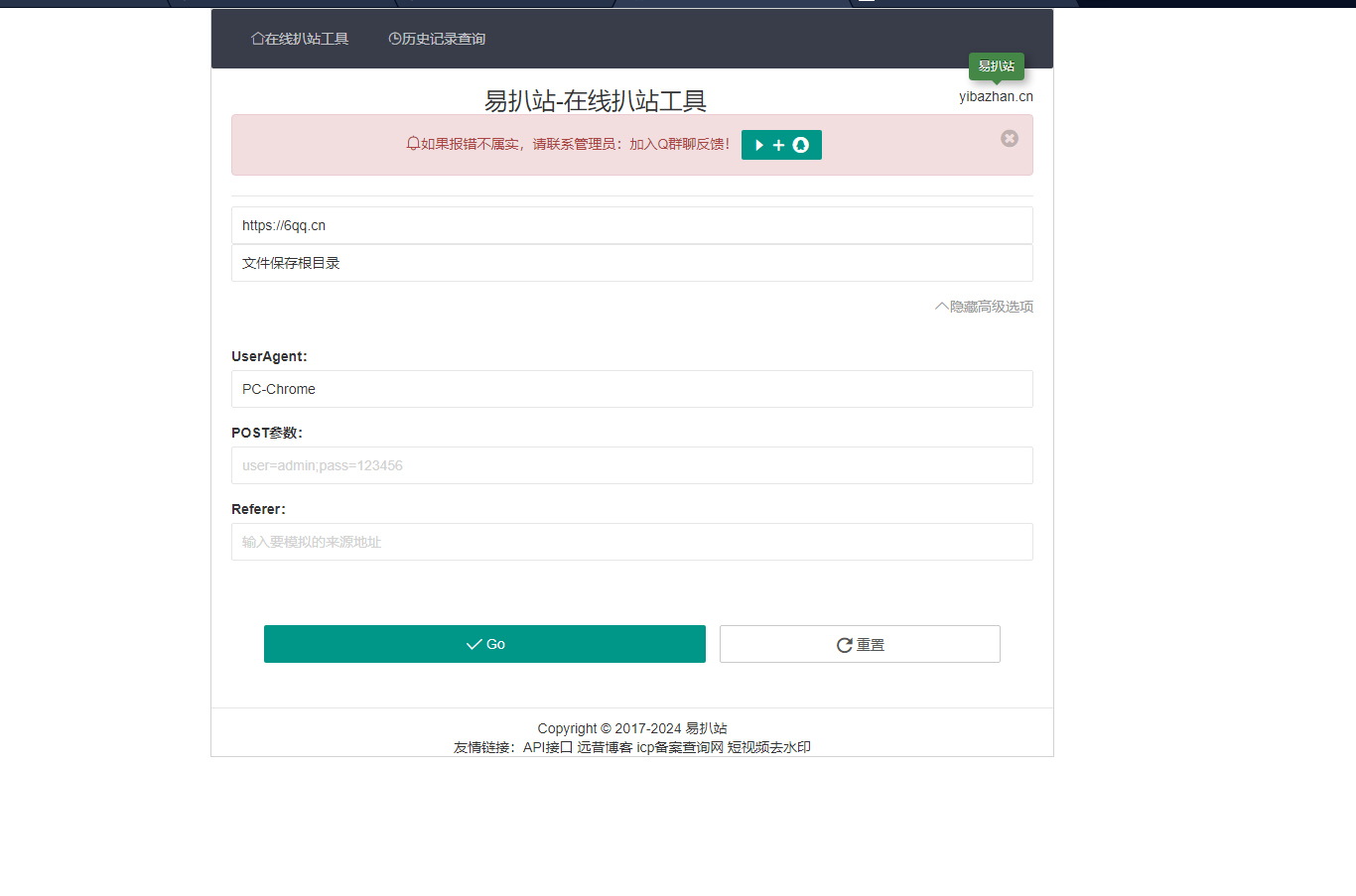在#%#$#%@%@%$#%$#%#%#$%@_e206a54e97690c++e50cc872dd70ee896系統中,c++程序可以采用多種方式來實現多線程功能。以下是兩種常見的實現方法:
方法一:利用POSIX線程(pthreads)庫
POSIX線程庫(pthreads)是unix-like操作系統(包括linux)中廣泛應用的多線程庫。
示例代碼:
#include <iostream> #include <pthread.h> <p>// 線程函數 void<em> thread_function(void</em> arg) { int thread_id = <em>(static_cast<int</em>>(arg)); std::cout << "Thread ID: " << thread_id << std::endl; return nullptr; }</p><p>int main() { pthread_t threads[5]; int thread_ids[5] = {1, 2, 3, 4, 5};</p><pre class="brush:php;toolbar:false">for (int i = 0; i < 5; ++i) { pthread_create(&threads[i], nullptr, thread_function, &thread_ids[i]); } for (int i = 0; i < 5; ++i) { pthread_join(threads[i], nullptr); } return 0;
}
編譯與運行:
g++ -pthread -o multithread_example multithread_example.cpp ./multithread_example
方法二:使用C++11標準庫中的頭文件
C++11標準引入了頭文件,使得多線程編程更加直觀和簡便。
示例代碼:
#include <iostream> #include <thread> #include <vector> <p>// 線程函數 void thread_function(int thread_id) { std::cout << "Thread ID: " << thread_id << std::endl; }</p><p>int main() { std::vector<std::thread> threads;</p><pre class="brush:php;toolbar:false">for (int i = 0; i < 5; ++i) { threads.emplace_back(thread_function, i + 1); } for (auto& thread : threads) { thread.join(); } return 0;
}
編譯與運行:
g++ -std=c++11 -pthread -o multithread_example multithread_example.cpp ./multithread_example
總結
具體選擇哪種方法應根據項目需求和環境來決定。

立即學習“C++免費學習筆記(深入)”;
? 版權聲明
文章版權歸作者所有,未經允許請勿轉載。
THE END

















